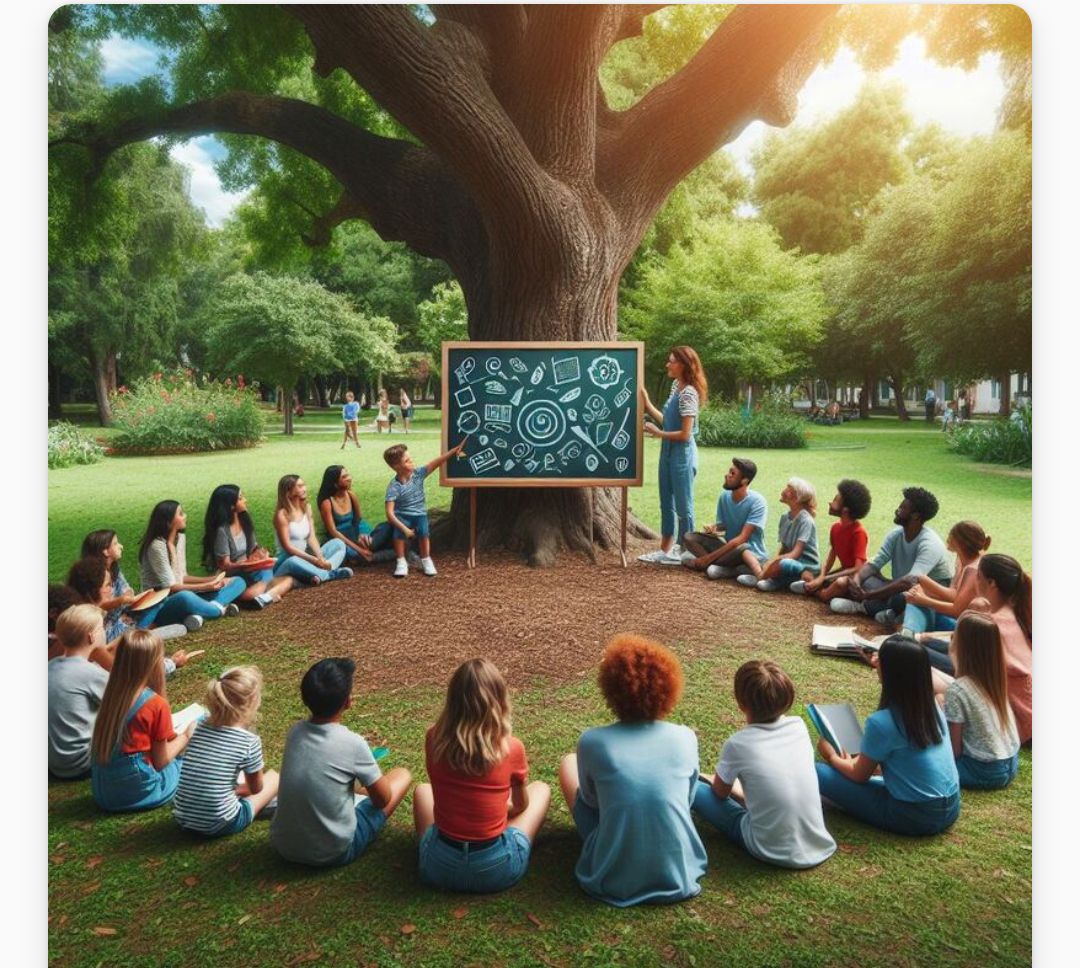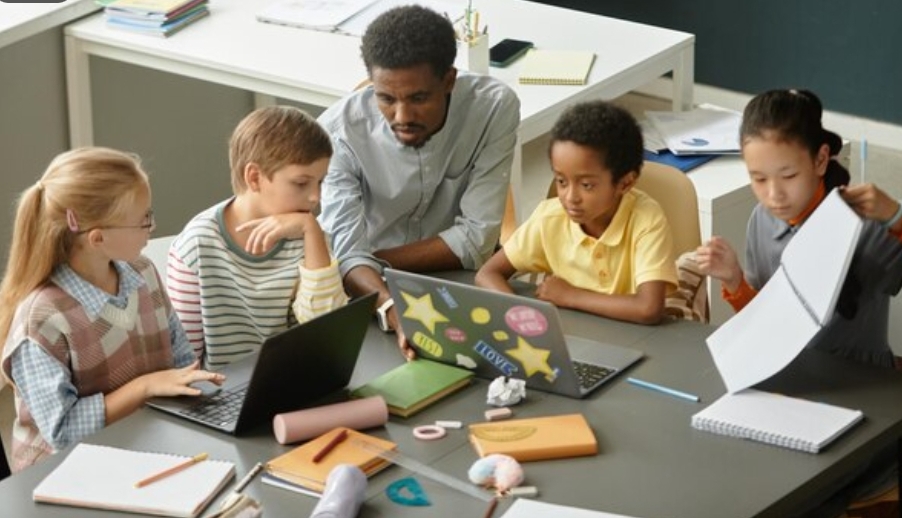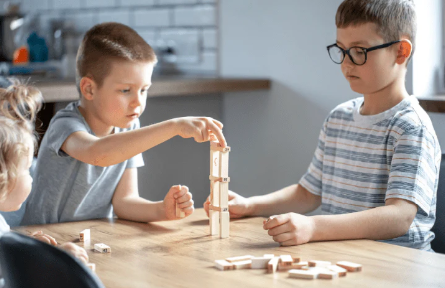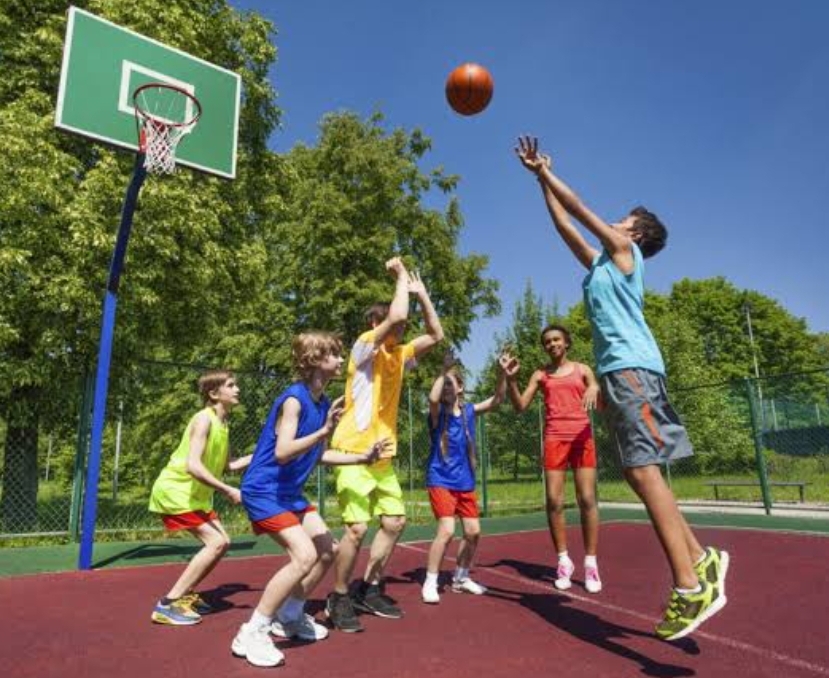
Imagine a classroom transformed. Gone are the rows of silent desks, replaced by buzzing clusters of students, their faces lit with the spark of shared discovery. This isn’t a scene from a utopian novel; it’s the power of community in education brought to life.
Breaking Down the Walls: Why Community Matters
For far too long, education has been viewed as a solitary pursuit – students and teachers confined within the walls of a classroom. But learning is a social endeavor, and research shows that a strong sense of community fosters deeper understanding, increased engagement, and a more fulfilling educational experience.
Here’s how a vibrant educational community empowers students:
Belonging & Security: Feeling like a valued member of a supportive community fosters a sense of belonging and security. Students feel comfortable taking risks, asking questions, and expressing their ideas freely.
Collaboration & Teamwork: Community provides a platform for collaboration and teamwork, essential skills for success in the 21st century. Students learn to communicate effectively, work towards shared goals, and appreciate the diverse perspectives of their peers.
Mentorship & Support: A strong educational community extends beyond the classroom walls. It can involve parents, mentors, and community members who can offer guidance, support, and real-world connections to enhance learning.
Building Bridges: Strategies for Fostering Community
Ready to unlock the power of community in your educational setting? Here are some actionable strategies:
Collaborative Projects: Move beyond traditional solo projects. Design classroom activities that encourage students to work together, share ideas, and celebrate each other’s successes. This could involve creating group presentations, building models, or conducting research projects together.
Peer Learning & Mentorship Programs: Pair older students with younger students as peer tutors or mentors. This fosters a sense of responsibility in older students and provides valuable support and encouragement for younger learners.
Community Partnerships: Connect with local businesses, organizations, or cultural institutions. These partnerships can offer guest speakers, field trips, and real-world learning opportunities that enrich the curriculum and connect students with their community.
Open Communication & Shared Purpose: Cultivate a classroom environment built on open communication and a shared purpose. Encourage student voice, listen actively to their concerns, and create a space where everyone feels heard and valued.
Beyond the Classroom Walls: The Ripple Effect
The impact of a strong educational community extends far beyond the classroom walls. When students feel connected to their teachers, peers, and community, they become more engaged citizens. They develop a sense of social responsibility and a desire to contribute to the betterment of their community.
Empowering Educators: Building a Community of Learners
Educators play a vital role in fostering a strong educational community. But fostering a community doesn’t happen in isolation. Here are some ways educators can empower themselves and their colleagues:
Professional Learning Communities: Create professional learning communities (PLCs) where educators can collaborate, share best practices, and support each other in their efforts to build strong classroom communities.
Mentorship Programs: Establish mentorship programs to support new teachers and provide them with the guidance and resources they need to thrive.
Open Communication & Collaboration: Encourage open communication and collaboration between teachers, administrators, and parents. Working together, they can create a cohesive educational community that supports student learning and well-being.
The Power of “We”: A Call to Action
Education is not a solitary pursuit. It’s a collaborative journey, a journey enriched by a strong sense of community. By working together – educators, students, parents, and community members – we can create learning environments that foster not just academic achievement, but also social responsibility, empathy, and a love for lifelong learning.
Are you ready to join the movement? Share your experiences and ideas for building strong educational communities in the comments below! Together, let’s build bridges, not walls, and empower our students to thrive!
Don’t forget to subscribe to our blog for more insightful and actionable content on education!










